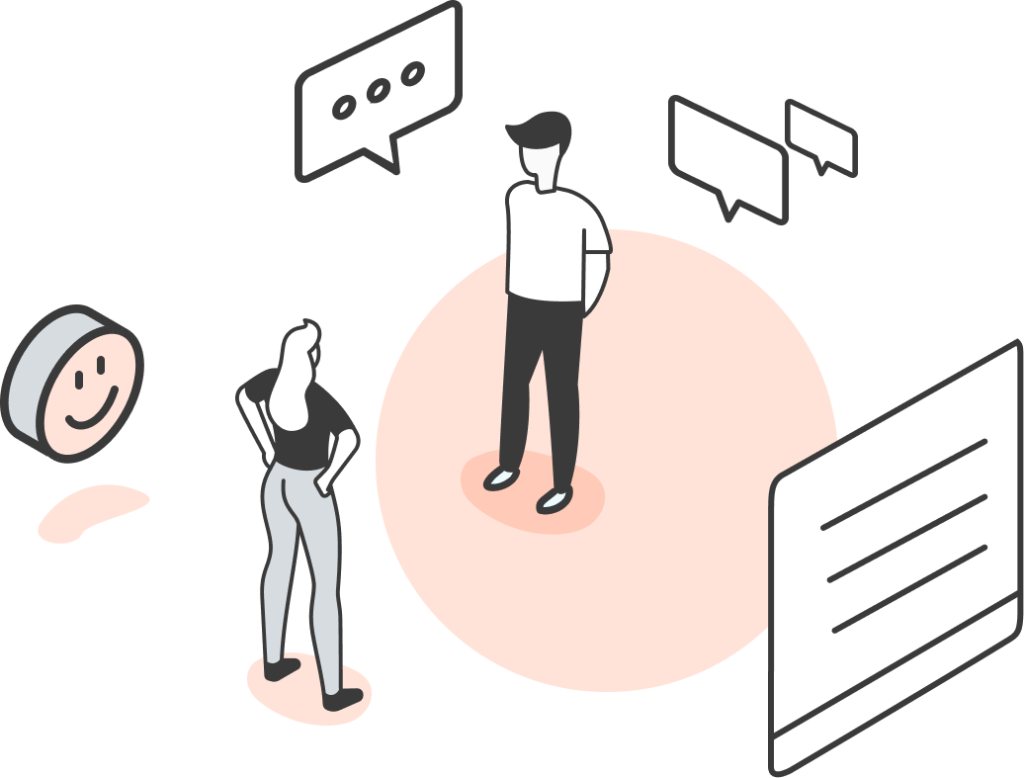Agentic AI: Your New Key Person Risk?

Why buy an AI that can translate your Python code into Swahili when all you need is a yes or no on whether someone meets the assessment criteria? Enterprises are quietly learning the same lesson. Capability that looks impressive in a demo can be the wrong tool for a focused job.
Agentic AI promised end to end automation. The reality is simpler. Big, general purpose models are brilliant, but using them for every step of a process is overkill, expensive, and fragile.
The real temptation
In pilots and pitch meetings it feels efficient to let one massive foundation model run a business process end to end. Less setup, fewer moving parts, one system that seems to just work.
But enterprise processes are not one decision. A home loan assessment is a chain of steps. Verify identity. Parse income. Check credit data. Validate policy rules. Generate documents. When you push all of that through one all purpose model, cracks appear.
- Costs climb because every trivial step pays for heavyweight processing
- Accuracy wobbles on domain specific details the generalist model could never master
- The more you lean on one model, the less control you keep
None of this is controversial. It is the same lesson operations teams learned years ago. Use the smallest, most reliable tool that does the job well.
Stop buying superpowers you do not need
You do not need a model that can write a sonnet, translate five languages, and refactor your code when the task is narrow. You need the right decision at the right step, every time.
Think in questions, not in models.
- Is this document authentic
- Does this income meet policy
- Do these transactions trigger a rule
- Which clause needs human review
- What goes into the customer letter
Each question is a separate capability. It does not require a giant general purpose brain. It requires a small specialist that is excellent at one thing, and a clear handoff to the next step.
Why design choices matter to the business
This is not about model architecture. It is about design and operating risk.
Put one model in charge of an entire process and you have a single point of failure. If it slows, gets throttled, or drifts on accuracy, the whole workflow stalls. That is the digital version of key person risk. Enterprises have spent decades removing that risk from teams. Do the same with AI.
Right sizing has clear business benefits.
- Cost control because lightweight steps use lightweight models
- Explainability because each step has a clear purpose and owner
- Flexibility because you can swap or improve one step without breaking the rest
- Resilience because no single component carries the entire load
Build like your teams already work
Enterprises do not run on lone experts. They run on teams, each optimised for their step. Your AI should mirror that.
Back to the home loan example. Use a sequence of specialist models, not one generalist trying to do everything.
- An ID validation model to extract and check document fields
- A structured data interpreter tuned to credit and income formats
- A policy checker that applies your rules deterministically
- A summariser that prepares the decision package in the right tone and template
Each model is narrow and excellent. Together, the process is faster, clearer, and easier to govern. If policy changes, you update the policy checker. If fraud patterns shift, you update the ID step. No rewrites, no vendor lock on a single mega model.
Agentic does not mean monolithic
Agentic AI has become shorthand for one model that plans and executes. That is not a requirement. An agent can be a coordinator that selects and sequences smaller capabilities.
- Route retrieval to the store that contains the right data
- Call the small classifier when a label is needed
- Invoke a deterministic rules engine when policy decides the outcome
- Ask a writer model to draft a letter only when there is something worth saying
This is still an agent. It is just not a one size fits all brain doing everything. It is an orchestration layer that picks the lightest, most accurate step for the moment. That is what scales.
Human in the loop where it counts
Right sizing is not anti human. It is pro outcome.
Give reviewers targeted escalations, not whole files. Highlight the one clause that failed a rule. Surface the three transactions that triggered a flag. Let business users correct a step and feed that correction back into the small model that owns it. Improvement becomes continuous and local, not a giant retrain that touches everything.
Why this matters right now
The market has already shown how brittle single model approaches can be. Price changes, usage caps, degraded performance, and bill shocks are symptoms of the same thing. Too much dependence on one heavy general purpose tool.
Leaders want predictable costs, explainable decisions, and the ability to adapt without ripping out the plumbing. Right sizing delivers that. It turns AI from a flashy demo into dependable infrastructure.
The risk isn’t AI, it’s the hero model
Agentic AI is not the enemy. Monolithic thinking is. If your plan relies on one massive foundation model to carry an entire process, you have built digital key person risk into your operation.
Design your AI like you design your teams. Specialists in clear positions. A coordinator that keeps the play moving. Lightweight where it can be, heavyweight only where it must be. The result is simpler, more accurate, and easier to trust.
If you want AI that works every day, start by asking a smaller question.

